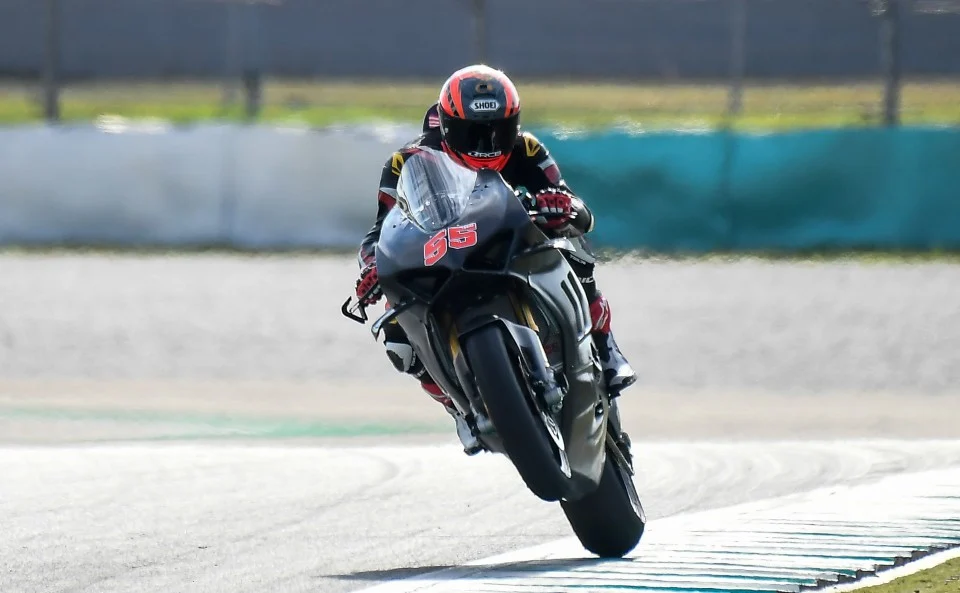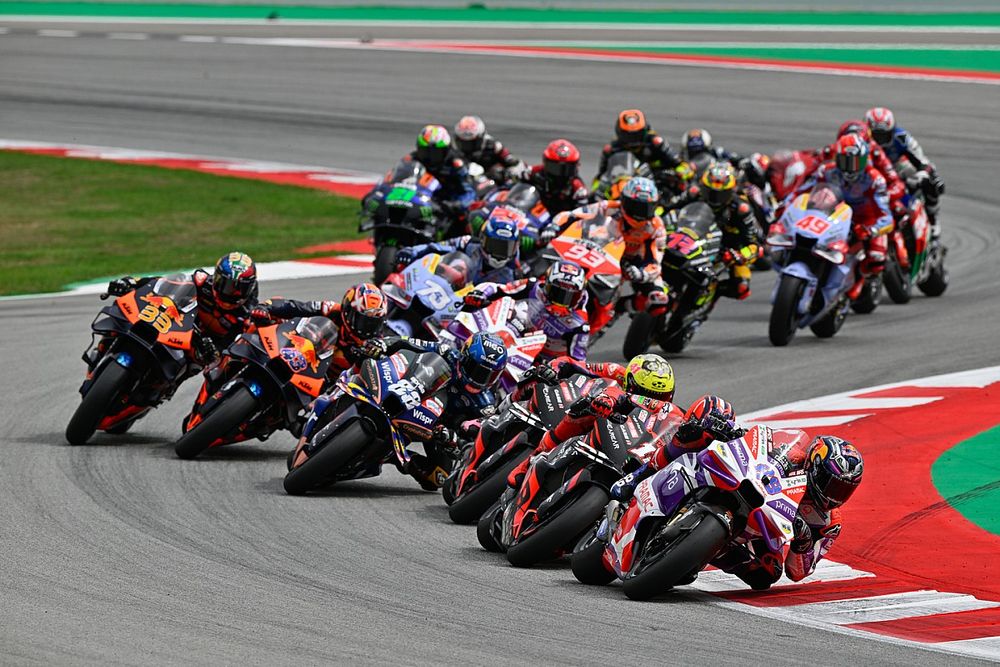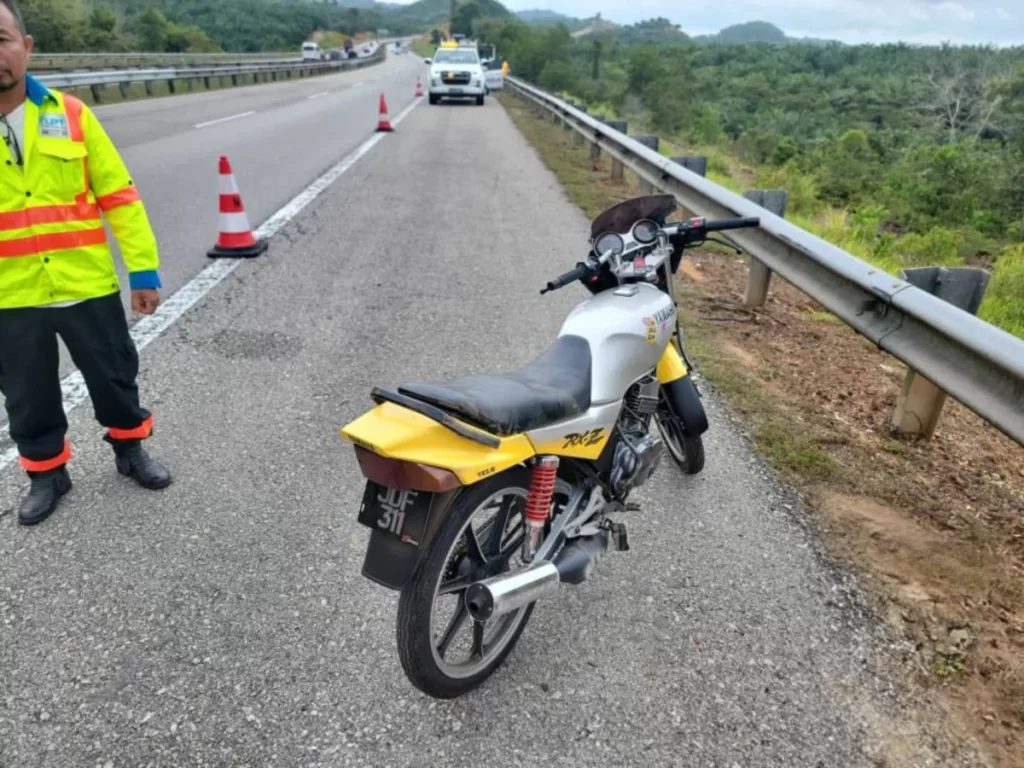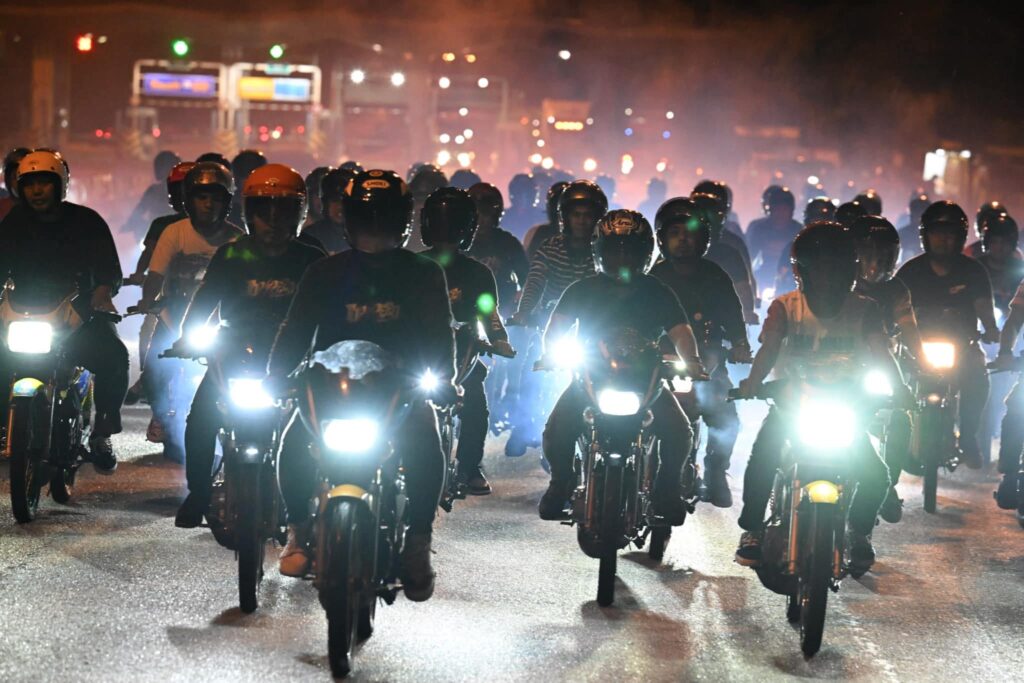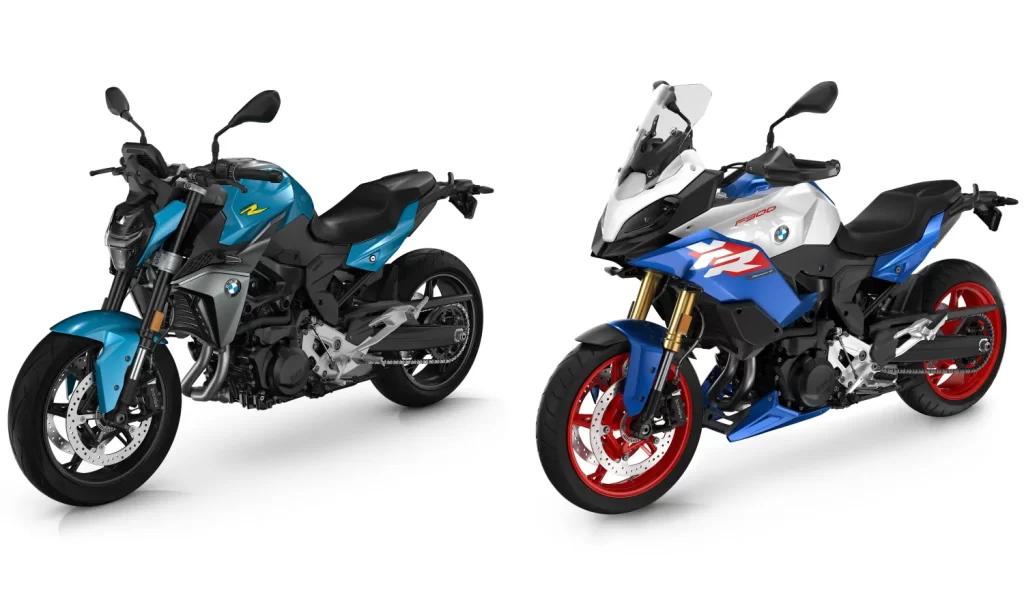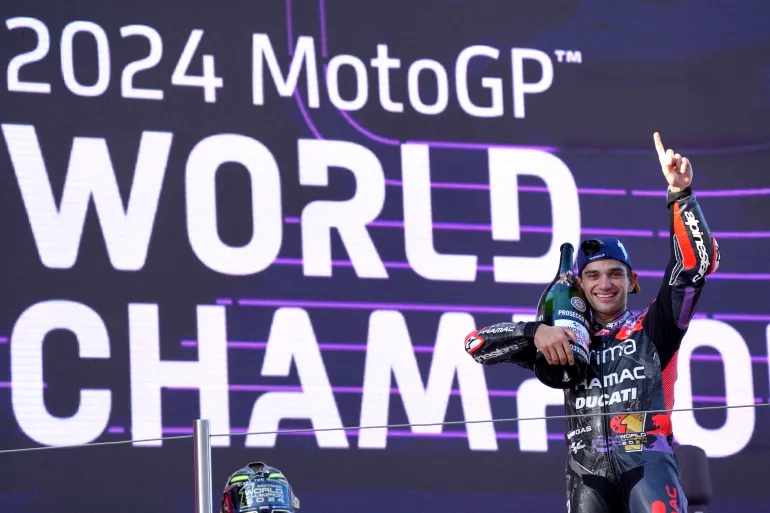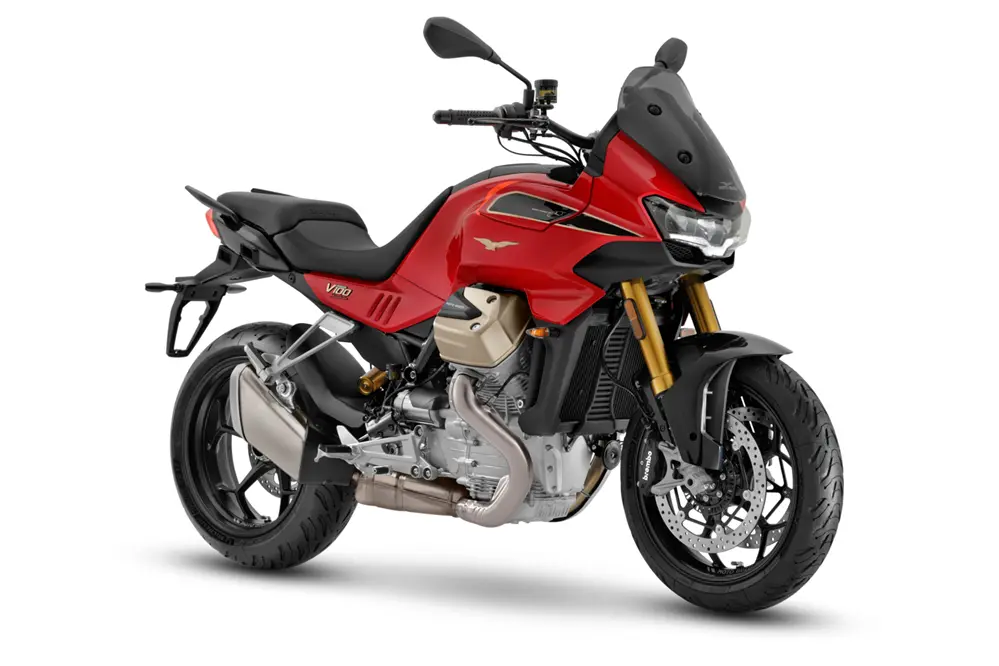Hafizh Syahrin Abdullah is determined to shine at the first round of the Asian Road Racing Championship (ARRC) in Buriram, Thailand in the middle of this month.
The 29-year-old rider, who is also known by the nickname El Pescao, will ride the Ducati Panigale V4 R for the Johor Darul Ta’zim (JDT) Racing Team.
He has been practicing with the bike at the Sepang International Circuit recently in preparation for the race at the Chang International Circuit, Thailand.
“Honestly I have never ridden a V4 R throughout my career in racing but the electronic system found on the motorcycle and what the chief mechanic, Loris Caroli told me, the advantage of the motorcycle lies in the braking system.
“I can really feel the difference, especially the brake system which is more powerful compared to other motorcycles I’ve ridden in addition to the good suspension system when taking turns and stability from the acceleration aspect, especially on the straights.
“I can say that this V4R motorcycle is ‘friendly’ to the rider and I adapted quickly, but I need more training to learn more about the electronic system for faster riding,” said Hafizh.
He also described the biggest competitor is Markus Reiterberger who is the defending champion of the ASB1000 class in the championship. Hafizh also said that he does not underestimate the abilities of fellow Malaysian riders, Zaqhwan Zaidi and Azlan Shah Kamaruzaman.



